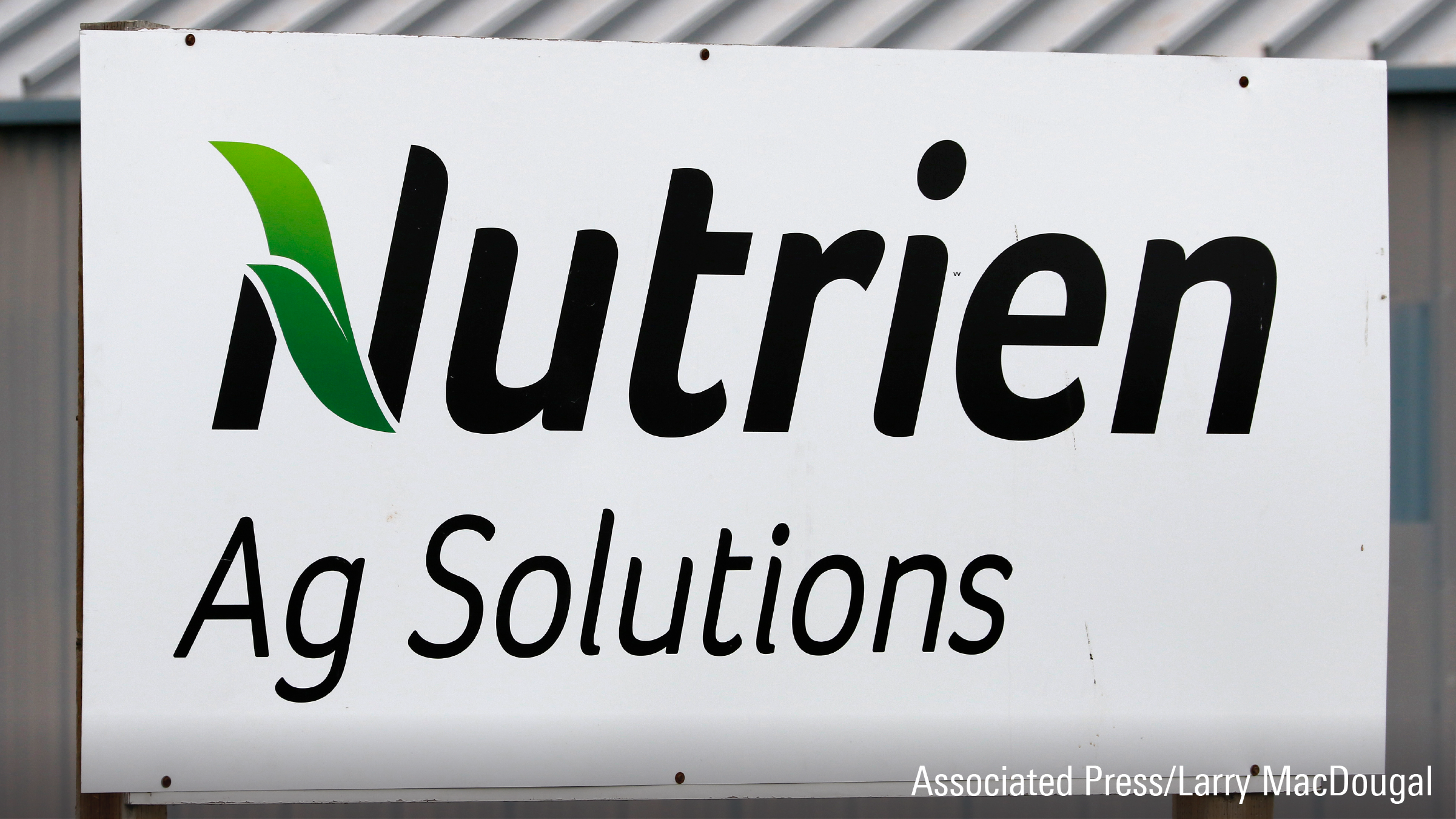Question: My portfolio is well diversified in terms of the allocation to different types of equity funds, but how can I be sure they aren't all investing in the same stocks?
Answer: You raise an important point about using multiple mutual funds and exchange-traded funds within an investment portfolio. Although investors who put their money in only stocks can easily tell what percentage of the portfolio each stock represents; those who own stocks through mutual funds and ETFs often have a tougher time. That's because mutual funds and ETFs can hold hundreds of stocks at once, and investors might pay little attention to what the funds' underlying holdings are as long as the fund categories seem to suggest a well diversified portfolio.
The danger, of course, is that you could unwittingly build up an uncomfortably large position in a single stock simply by owning various funds that are invested in it. For example, let's say your portfolio consisted of an index fund that tracks the S&P/TSX Composite Index such as iShares S&P/TSX Capped Composite Index XIC as a core holding (for our example we'll say it represents 50% of the portfolio), Fidelity True North for its exposure to active management (30%), and iShares S&P/TSX Capped Financials Index XFN to add additional exposure to the financial services sector (20%).
On the surface, one might expect to see little overlap between these three investment choices. But look under the hood, and you'll find there is significant overlap among some of the companies the funds own. In particular, the Big Five Canadian banks together make up more than 25% of the total portfolio. That's because they are not only major components of the S&P/TSX Composite Index, but also are among the top holdings of the two other funds – Royal Bank of Canada RY makes up more than 20% of the financial-sector ETF's portfolio, in fact. That's not to say these aren't good stocks, but whether you want to devote such a large portion of your portfolio to them is a different matter.
Looking at your portfolio's underlying holdings
How can you find out where these stock intersections exist in your portfolio? You could spend hours poring over portfolio listings from your funds' latest quarterly reports, but you probably have better things to do with your time. Fortunately, Morningstar's Portfolio X-Ray tools allow you to do so with just a few mouse clicks.
Premium members of Morningstar.ca can gain access to the X-Ray tool via the Portfolio tab. You will see a link near the top of the tool that says Stock Intersection. Click on it, and you'll find an aggregate list of the underlying stock holdings for all the funds in the portfolio. If at least two different funds in the portfolio own the same stock, the Intersection page will show you how much your total allocation to the stock is worth and what percentage of the portfolio's net assets it represents.
Identifying places to scale back
The tool also shows you which funds are providing exposure to which stocks and how much each position is worth. This can come in handy if you decide you want to reduce your exposure and are wondering where to cut back. You can also see what percentage of a fund's portfolio the stock represents, which gives you some idea of whether it's a major holding or just a small piece of the pie.
The Stock Intersection feature is particularly useful to investors concerned that they might be overallocated to a specific company or group of companies through their funds. It can also come in handy if you own individual stocks as well as funds; before adding an individual stock position, make sure that it's not already prominent in your portfolio as a result of the funds you own.
Checking stock intersections can also help investors get a better idea of what they actually own. After all, equity funds are really just baskets of stocks, and it's the performance of those stocks that determines the performance of your portfolio.
As a fund investor, it's easy to become complacent and focus primarily on details about the fund, including its manager, strategy, performance and so forth. Those things are important, to be sure, but as the manager of your own personal investment portfolio, which likely includes multiple funds, ETFs and/or stocks, it's up to you (or your advisor, if you have one) to be aware of any duplication that might be happening across your investments. The Stock Intersection tool is a great way to do this.
Have a personal finance question you'd like answered? Send it to AskTheExpert@morningstar.com.
Not a Premium subscriber yet? Click here to find out what Premium membership has to offer, and to sign up for a free 14-day trial.















